Promotion and application of high-efficiency motors under the "double carbon" goal
Promoting the electrification of terminal energy-consuming equipment and building an electricity-centered terminal energy consumption pattern is an important measure to thoroughly implement Chinese leader's thought on ecological civilization and promote a comprehensive green and low-carbon transformation of economic and social development.
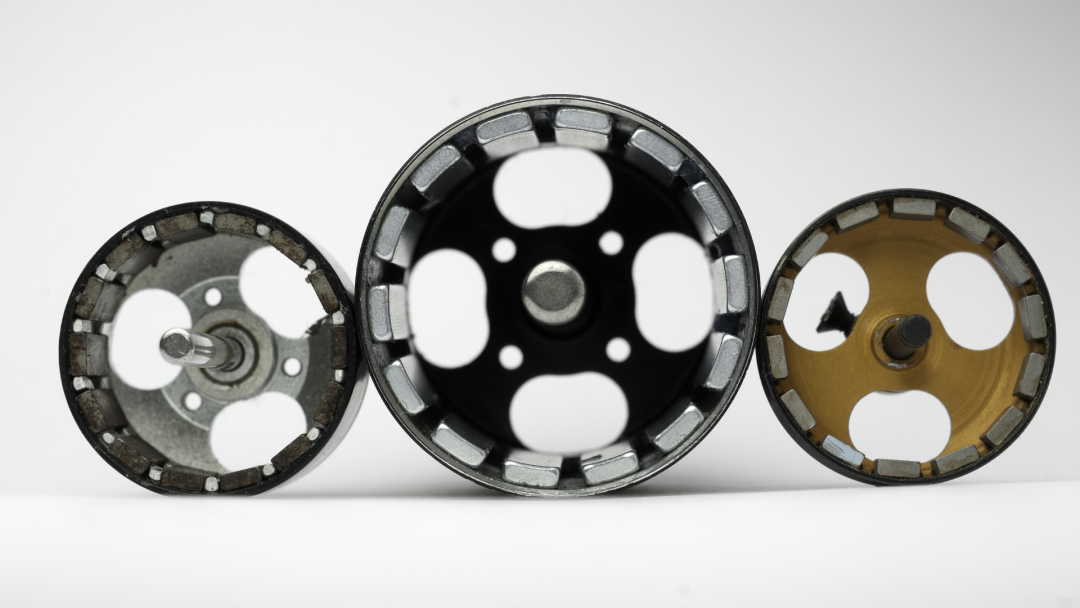
As the terminal electrical equipment with the largest electricity consumption in my country, the motor is widely used in pumps, fans, compressors, transmission machinery, etc., and its electricity consumption accounts for more than 60% of the electricity consumption of the whole society. At this stage, the efficiency level of mainstream high-efficiency motors on the market is IE3, which can improve the energy efficiency of ordinary motors by more than 3%. The "Carbon Peaking Action Plan before 2030" issued by the State Council requires that key energy-using equipment such as motors, fans, pumps, and compressors be promoted to save energy and improve efficiency, promote advanced and high-efficiency products and equipment, accelerate the elimination of backward and inefficient equipment, and upgrade industries and buildings. Terminal, rural energy consumption, electrification level of railway system. At the same time, the "Motor Energy Efficiency Improvement Plan (2021-2023)" jointly issued by the Ministry of Industry and Information Technology and the State Administration for Market Regulation more clearly states that by 2023, the annual output of high-efficiency motors should reach 170 million kilowatts, and high-efficiency motors in service The proportion should reach more than 20%. Accelerating the elimination of in-service low-efficiency motors and vigorously promoting the production and application of high-efficiency motor equipment is an important way for my country to achieve carbon peaking by 2030 and carbon neutrality by 2060.
my country's electrical machinery industry is large. According to statistics, the national industrial motor output in 2020 is 323 million kilowatts. Motor manufacturers are mainly located in Zhejiang, Jiangsu, Fujian, Shandong, Shanghai, Liaoning, Guangdong and Henan. The number of motor manufacturers in these 8 provinces and cities accounts for about 85% of the total number of motor manufacturers in my country.
The production, promotion and application of high-efficiency motors in my country have achieved remarkable results. According to the "White Paper on the Promotion of High-efficiency Motors", the output of high-efficiency motors and remanufactured motors in my country has increased from 20.04 million kilowatts in 2017 to 105 million kilowatts in 2020, of which the output of high-efficiency motors has increased from 19.2 million kilowatts to 102.7 million kilowatts. The number of high-efficiency motor and remanufactured motor manufacturers increased from 355 in 2017 to 1,091 in 2020, and the proportion of motor manufacturers increased from 13.1% to 40.4%. The high-efficiency motor supply and sales market system is becoming more and more perfect, and the number of suppliers and sellers has increased from 380 in 2017 to 1,100 in 2020, with sales reaching 94 million kilowatts in 2020. The number of companies using high-efficiency motors and remanufactured motors continues to increase. The number of companies using high-efficiency motors has increased from 69,300 in 2017 to more than 94,000 in 2020, and the number of companies using remanufactured motors has increased from 6,500 to 10,500. .
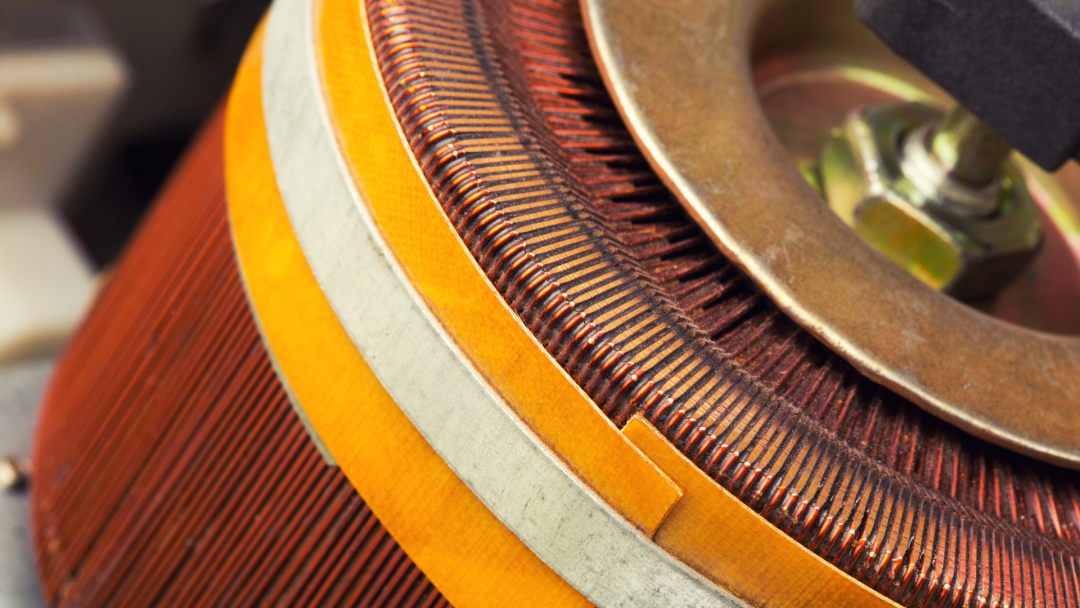
The promotion and application of high-efficiency motors to save energy and reduce carbon has achieved remarkable results. According to estimates, from 2017 to 2020, the annual electricity saving of high-efficiency motors will increase from 2.64 billion kWh to 10.7 billion kWh, and the accumulated electricity saving will be 49.2 billion kWh; the annual reduction of carbon dioxide emissions will increase from 2.07 million tons to 14.9 million tons, The cumulative reduction of carbon dioxide emissions by more than 30 million tons.
my country attaches great importance to the improvement of motor energy efficiency and the promotion of high-efficiency motors, and has issued a number of related policies related to motors, and implemented many promotion measures in detail.
▍In terms of policy guidance, focus on improving the energy efficiency of motors and their systems, and eliminating low-efficiency motors. Through industrial energy-saving supervision, motor energy efficiency improvement plan, release of "high energy-consuming backward mechanical and electrical equipment (products) phase-out catalog" and other guidance and urge enterprises to eliminate low-efficiency motors. During the "Thirteenth Five-Year Plan" period, special supervision on the improvement of motor energy efficiency was carried out on the production and use enterprises of key energy-consuming products such as motors and pumps. About 150,000 low-efficiency motors were found, and the enterprises were ordered to rectify within a time limit.
▍In terms of standard leadership, enforce motor energy efficiency standards and implement motor energy efficiency labels. In 2020, the mandatory national standard "Energy Efficiency Limits and Energy Efficiency Grades for Electric Motors" (GB 18613-2020) was released, which replaced the "Energy Efficiency Limits and Energy Efficiency Grades for Small and Medium-sized Three-phase Asynchronous Motors" (GB 18613-2020). GB 1 8 6 1 3 – 2 0 1 2) and "Limited Values of Energy Efficiency and Energy Efficiency Grades for Small Power Motors" (GB 25958-2010). The release and implementation of the standard has raised my country's minimum energy efficiency standard IE2 to IE3 level, restricting motor manufacturers to produce motors higher than IE3 level, and further promoting the production and market share of high-efficiency motors. At the same time, it is required that the motors sold should be affixed with the latest energy efficiency labels, so that buyers can more clearly understand the efficiency grades of the purchased motors.
▍In terms of publicity and promotion activities, the promotion catalogues were released, technical trainings were carried out, and the activities of "energy-saving services into enterprises" were organized. Through the release of six batches of "Energy-saving Products Benefiting the People Project" High-efficiency Motor Promotion Catalogue, five batches of "National Industrial Energy-saving Technology and Equipment Catalogue", ten batches of "Energy Efficiency Star Product Catalogue", seven batches of "Energy-saving Electromechanical Equipment (Products)" Recommended Catalogue, etc., recommend high-efficiency motors and energy-saving equipment and products using high-efficiency motors to the society, and guide enterprises to use high-efficiency motors. At the same time, the "Catalogue of Remanufactured Products" was released to promote the remanufacturing of low-efficiency motors into high-efficiency motors and improve the level of resource recycling. For motor-related managers and energy management personnel of key energy-consuming enterprises, organize multiple motor energy-saving technical trainings. In 2021, the Ministry of Industry and Information Technology will also organize relevant units to hold 34 "energy-saving services into enterprises" activities.
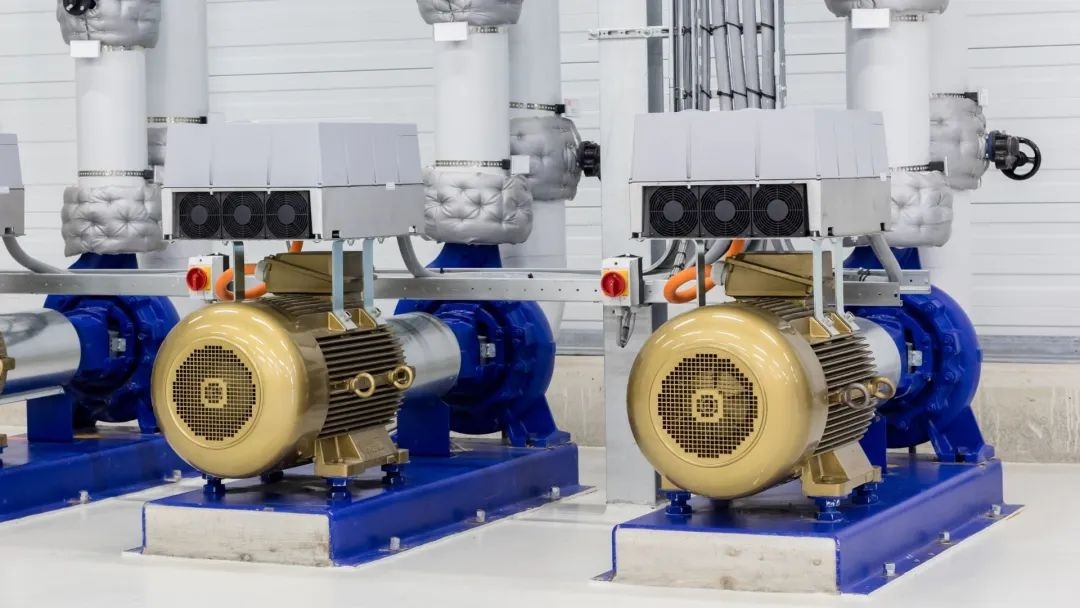
▍In terms of technical services, three batches of industrial energy-saving diagnostic services were organized. From 2019 to the end of 2021, the Ministry of Industry and Information Technology will organize energy-saving diagnosis third-party service agencies to conduct energy-saving diagnosis in 20,000 enterprises, and evaluate the energy efficiency level and actual operation of key electrical equipment such as motors, fans, air compressors, and pumps. situation, help enterprises identify low-efficiency motors, analyze the potential of high-efficiency motors for promotion and application, and guide enterprises to carry out motor energy conservation.
▍In terms of financial support, high-efficiency motors are included in the implementation scope of energy-saving products benefiting the people. The Ministry of Finance of the People's Republic of China provides financial subsidies to motor products of different types, grades and powers according to their rated power, and the central government allocates the subsidy funds to high-efficiency motor manufacturers, who sell them to motor users, pumps and fans at the subsidized price. Complete set of equipment manufacturing enterprises. However, from March 2017, the purchase of high-efficiency motor products in the "Energy-saving Products Benefiting the People Project" catalogue will no longer enjoy central financial subsidies. At present, some regions such as Shanghai have also established special funds to support the promotion of high-efficiency motors.
Although the promotion of high-efficiency motors has achieved certain results, compared with developed countries such as Europe and the United States, my country has adopted the IE3 level as the limit value of motor energy efficiency for a short time (starting from June 1, 2021), and the market for high-efficiency motors above IE3 level has rate is low. At the same time, increasing the application of high-efficiency motors in China and promoting high-efficiency motors still face many challenges.
Buyers are not very motivated to purchase high-efficiency motors
The selection of high-efficiency motors has long-term benefits for buyers, but it requires buyers to increase investment in fixed assets, which brings certain economic pressure to motor buyers. At the same time, some buyers lack the understanding of the product life cycle theory, pay attention to the one-time investment of capital, without considering the cost in the process of use, and worry about the quality reliability and performance stability of high-efficiency motors, so they are reluctant to buy High-efficiency motors at higher prices.
2
The development of the motor industry is relatively lagging behind
The motor industry is a labor-intensive and technology-intensive industry. The market concentration of large and medium-sized motors is relatively high, and the market concentration of small and medium-sized motors is relatively low. As of 2020, there are about 2,700 motor manufacturing enterprises in my country, of which small and medium-sized enterprises account for a high proportion. However, these small and medium-sized enterprises focus on the production of small and medium-sized motors and have weak research and development capabilities, resulting in low technical content and added value of the products produced. In addition, the low price of ordinary motors makes some terminal buyers prefer to buy ordinary motors, resulting in some motor manufacturers still producing ordinary motors. In 2020, my country's industrial high-efficiency motor output will only account for about 31.8% of the total industrial motor output.
3
There are many stocks and many suppliers of ordinary motors
Common motors account for about 90% of the motors in service in my country. Common motors have low price, simple structure, convenient maintenance, long service life, and a large group of suppliers, which brings huge obstacles to the promotion of high-efficiency motors. my country has implemented the mandatory national standard GB 18613-2012 since 2012, and plans to phase out the inventory of low-efficiency motor products. Relevant departments require that all industries, especially those with high energy consumption, must gradually stop the use of low-efficiency motors, but such motor products can continue to be used if they do not meet the scrapping standards.
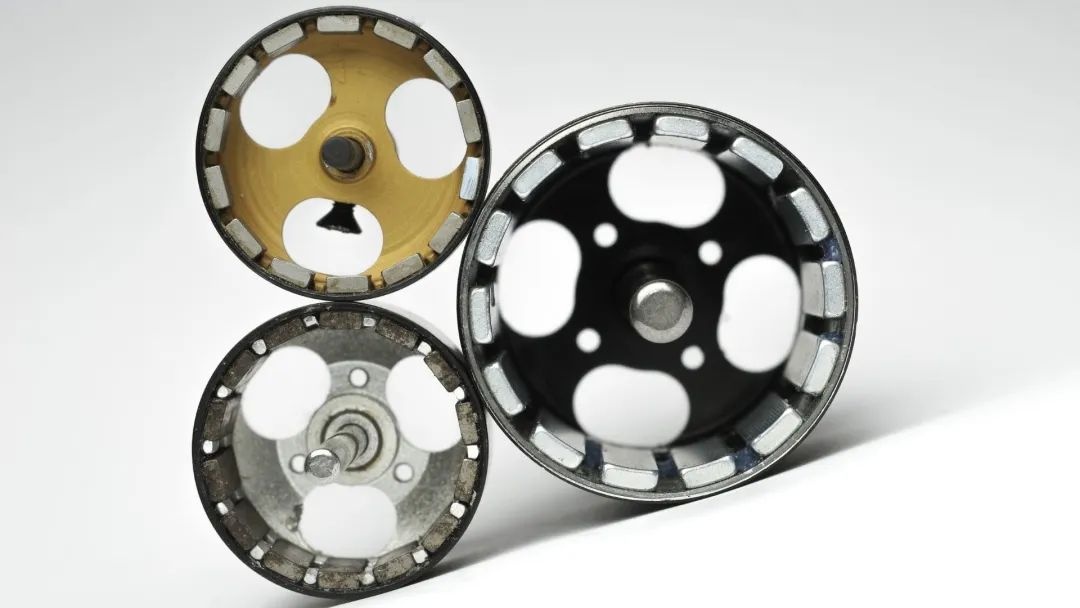
4
High-efficiency motor promotion policy system and motor monitoring
The regulatory system is not sound enough
Energy efficiency standards for motors have been promulgated and implemented, but lack of supporting policies and regulatory mechanisms prohibit motor manufacturers from producing ordinary motors. Relevant departments have released recommended catalogues of high-efficiency motor-related products and equipment, but lack of enforcement measures. Only key industries and key enterprises can be forced to eliminate low-efficiency motors through industrial energy conservation supervision. The unsound policy system on both sides of supply and demand has hindered the promotion of high-efficiency motors. At the same time, the fiscal and taxation policies and credit policies to support the promotion of high-efficiency motors are not sound enough, and it is difficult for most motor buyers to obtain financing from commercial banks.
The promotion of high-efficiency motors requires the coordinated promotion of motor manufacturers, motor buyers, and support policies. In particular, creating a social environment in which motor manufacturers actively produce high-efficiency motors and motor buyers actively choose high-efficiency motors is crucial to the promotion of high-efficiency motors.
Give full play to the binding role of standards
Standards are an important technical support for the high-quality development of the motor industry. The state has issued mandatory or recommended national/industry standards related to motors such as GB 18613-2020, but there is a lack of supporting regulations to prevent motor manufacturers from producing less than the energy efficiency limit value. of motor products, and urge companies to retire inefficient motors. From 2017 to 2020, a total of 170 million kilowatts of low-efficiency motors were phased out, but only 31 million kilowatts of them were replaced by high-efficiency motors. It is urgent to carry out the publicity and implementation of the standards, strengthen the implementation of the standards, supervise the use of the standards, deal with and correct the behaviors that do not implement the standards in a timely manner, strengthen the supervision of motor manufacturers, and increase the penalties for motor companies that violate the regulations, so that the manufacturers do not comply with the standards. We are willing to produce low-efficiency motors, and motor buyers cannot purchase low-efficiency motors.
2
Implement inefficient motor phase-out actions
The Ministry of Industry and Information Technology conducts energy-saving supervision every year, and conducts special supervision on the energy efficiency improvement of key energy-consuming products and equipment, and identifies low-efficiency motors and fans according to the Catalogue for Elimination of High-energy-consuming Outdated Mechanical and Electrical Equipment (Products) (batches 1 to 4). , air compressors, pumps and other out-of-pocket equipment products that use motors as driving devices. However, this supervision work is mainly aimed at key energy-consuming industries such as iron and steel, non-ferrous metal smelting, petrochemical chemicals, building materials, etc., and it is difficult to cover all industries and all enterprises. Subsequent recommendations are to implement low-efficiency motor phase-out actions, phase out low-efficiency motors by region, batch, and time period, and clarify the phase-out time period, supporting incentives and penalties for each type of low-efficiency motor to urge enterprises to phase out within the specified time. At the same time, it is also necessary to take into account the actual operation of the enterprise. In view of the large amount of motors and abundant funds of a single large enterprise, while the amount of motors used by a single small and medium-sized enterprise is small and the funds are relatively tight, the phase-out period should be determined differently, and the phase-out period of low-efficiency motors in large enterprises should be appropriately shortened.
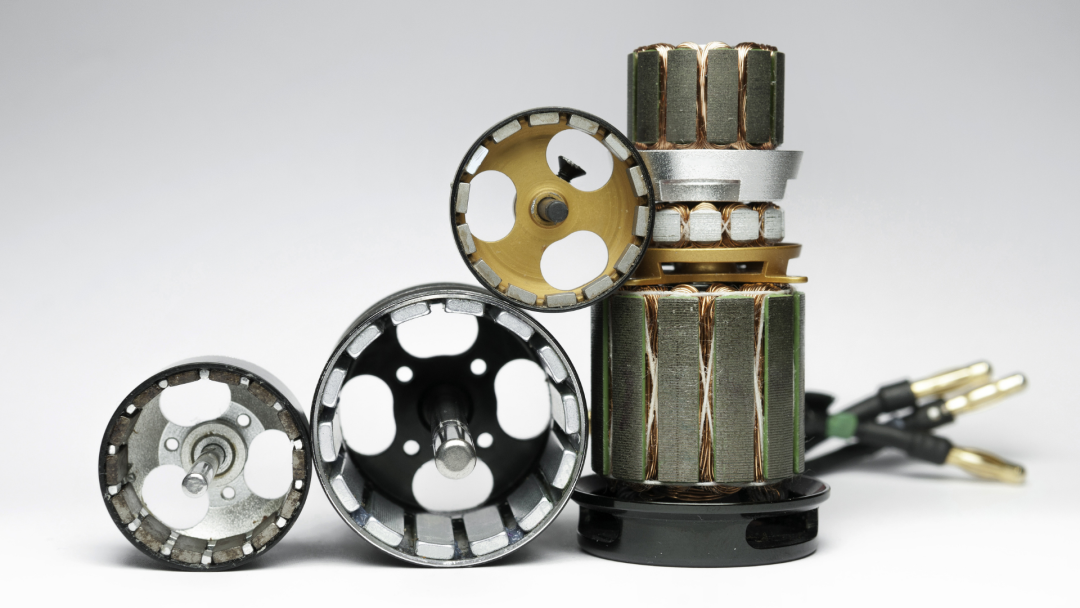
3
Improve the incentive and restraint mechanism of motor manufacturers
The technical capabilities and technological levels of motor manufacturing enterprises are uneven. Some enterprises do not have the technical ability to manufacture high-efficiency motors. It is necessary to find out the specific situation of domestic motor manufacturing enterprises, and to improve the technology of enterprises through financial incentive policies such as loan concessions, tax reduction and exemption. capacity, supervise and urge them to upgrade and transform into high-efficiency motor production lines within the specified time, and supervise motor production enterprises not to manufacture low-efficiency motors during the transformation and transformation. Supervise the circulation of low-efficiency motor raw materials to prevent motor manufacturers from purchasing low-efficiency motor raw materials. At the same time, increase the sampling inspection of electric motors sold in the market, announce the sampling inspection results to the public in a timely manner, and notify the production enterprises whose products do not meet the standard requirements and make rectification within a time limit.
4
Strengthen the demonstration and promotion of high-efficiency motors
Encourage motor manufacturers and high-efficiency motor users to jointly build energy-saving demonstration bases for consumers to understand motor operation and energy saving on the spot, and regularly disclose motor energy-saving data to the public, so that they can have a more intuitive understanding of the energy-saving effect of high-efficiency motors.
Establish a high-efficiency motor promotion platform, display the qualifications of motor manufacturers, product specifications, performance and other related information, publicize and interpret policy information related to high-efficiency motors, smooth the information exchange between motor manufacturers and motor consumers, and let manufacturers and consumers. Keep abreast of relevant policies.
Organize high-efficiency motor publicity training to enhance the awareness of high-efficiency motors among motor consumers in different regions and industries, and answer their questions at the same time. Expand third-party service agencies to provide consumers with relevant consulting services.
5
Promote low-efficiency motor remanufacturing
The large-scale elimination of low-efficiency motors will result in waste of resources to a certain extent. Remanufacturing low-efficiency motors into high-efficiency motors not only improves the energy efficiency of motors, but also recycles some resources, which helps to promote the green and low-carbon development of the motor industry chain; compared with the manufacture of new high-efficiency motors, it can reduce 50% of Cost, 60% energy consumption, 70% materials. Formulate and refine the rules and standards for remanufactured motors, clarify the type and power of motors to be remanufactured, and release a group of demonstration enterprises with motor remanufacturing capabilities to lead the development of the motor remanufacturing industry through demonstrations.

6
Government procurement drives the development of high-efficiency motor industry
In 2020, the national government procurement scale will be 3.697 trillion yuan, accounting for 10.2% and 3.6% of national fiscal expenditure and GDP, respectively. Through government green procurement, guide motor manufacturers to actively supply high-efficiency motors and buyers to purchase high-efficiency motors. Research and formulate government procurement policies for high-efficiency motors, pumps and fans using high-efficiency motors, and other energy-saving technology products, include high-efficiency motors and energy-saving technology products using high-efficiency motors into the scope of government procurement, and organically combine them with relevant standards and product catalogs for motor energy conservation. , to expand the scope and scale of government green procurement. Through the implementation of the government's green procurement policy, the production capacity of energy-saving technical products such as high-efficiency motors and the ability to maintain technical services will be improved.
7
Increase support for credit and tax incentives on both sides of supply and demand
Buying high-efficiency motors and improving the technical capabilities of motor manufacturers requires a lot of capital investment, and enterprises need to bear greater economic pressure, especially small and medium-sized enterprises. Through credit concessions, support the transformation of low-efficiency motor production lines into high-efficiency motor production lines, reducing the pressure on motor purchasers to invest in capital. Provide tax incentives to high-efficiency motor manufacturers and high-efficiency motor users, and implement differentiated electricity prices according to the energy efficiency level of the company's motors. The higher the energy efficiency level, the more favorable the electricity price.



























 XINDA
XINDA